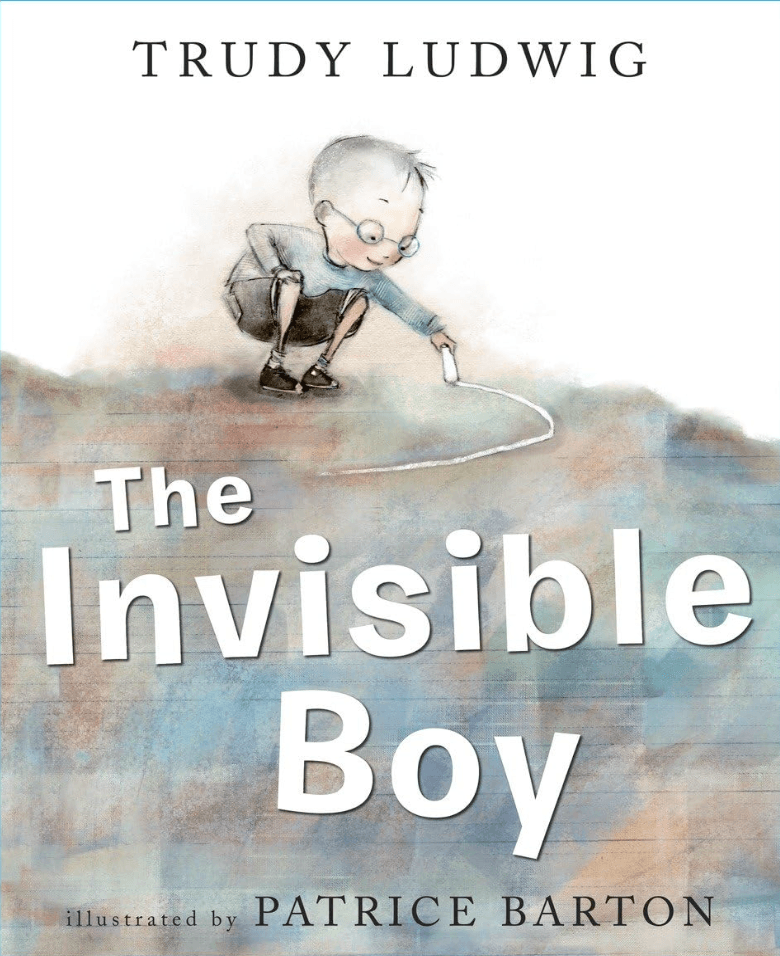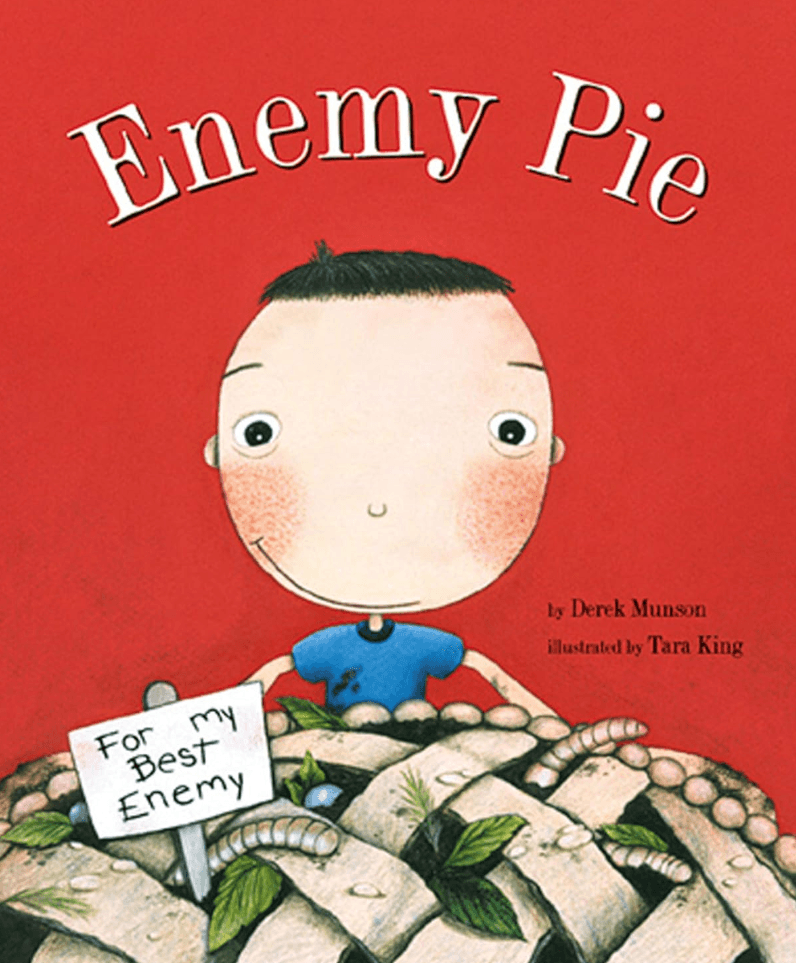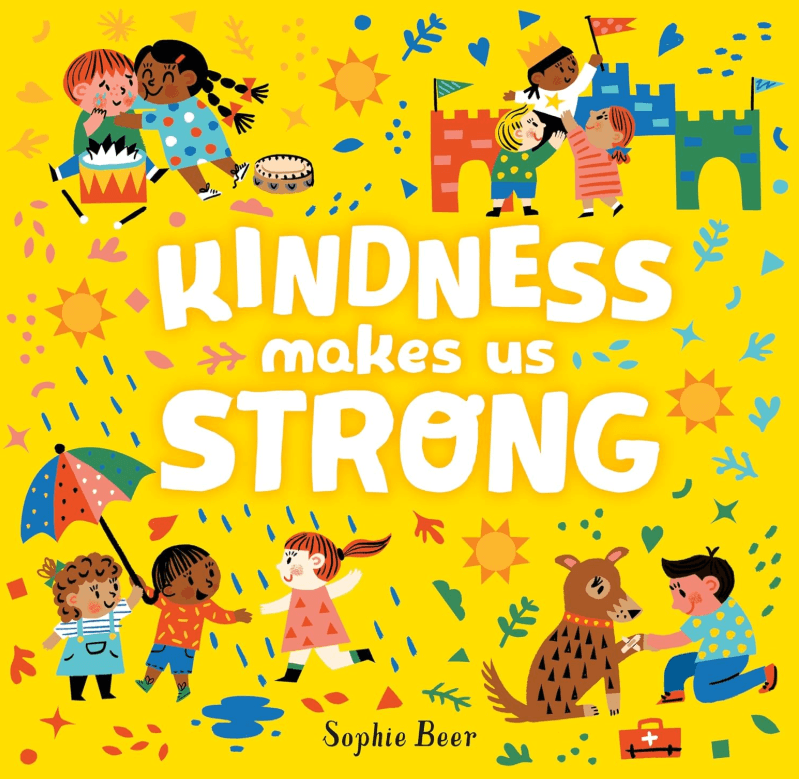
We often wonder what life lessons we should prioritize teaching our children. Among all the virtues, kindness stands out as one of the most impactful gifts we can give, not just to our children but, to the world around us.
Kindness teaches our children to look beyond themselves, building empathy and compassion. It helps them grow into caring, connected, and confident individuals. Imagine a world where our children see the good they can do for others and actively choose to spread joy. That world begins at home, and one of the most magical ways to foster kindness is through stories.
Why Kindness Matters
Kindness isn’t just about being polite or saying “please” and “thank you.” It’s about creating a foundation for a happy, meaningful life.
1. Builds Strong Relationships: Kindness Creates Trust and Deepens Connections with Others
Kindness is the foundation of all healthy relationships. When children practice kindness, they create an environment of trust, respect, and understanding. Whether it’s a simple act of sharing, helping a friend, or offering a compliment, these small gestures build emotional bonds.
When kids are kind to others, they show that they care, which invites others to reciprocate those feelings. This back-and-forth exchange creates a sense of belonging and mutual respect. Trust is cultivated through consistent actions that demonstrate empathy and concern for others’ well-being. Kids who practice kindness are more likely to form strong friendships because people naturally gravitate toward those who make them feel safe, valued, and appreciated.
For example, a child who consistently shares their toys or offers a helping hand in school will be seen as a dependable and thoughtful friend, which fosters deeper, lasting connections with peers.
2. Fosters Empathy: It Helps Children Understand and Care About Others’ Feelings
Empathy is the ability to understand and share the feelings of another, and kindness is one of the best ways to cultivate this crucial skill. When children witness or engage in acts of kindness, they begin to tune into others’ emotions and develop a better understanding of how their actions impact the people around them.
Reading books or hearing stories about characters who are kind helps children see situations from different perspectives. They learn how someone else might feel when they are supported, heard, or cared for. For example, a child who reads about a character who feels sad and is comforted by a friend will develop a sense of what it feels like to be in need of kindness and what it means to offer it.
In turn, this empathy nurtures a more compassionate attitude. Kids who are empathetic are better able to recognize when others need help, and they’re more likely to respond with kindness, even when they don’t know the person. Developing empathy through kindness helps children relate to people from all walks of life and builds emotional intelligence.
3. Boosts Confidence: Acts of Kindness Give Kids a Sense of Purpose and Fulfillment
Kindness isn’t just good for others; it’s also beneficial for the giver. When children perform acts of kindness, they experience a sense of accomplishment, which boosts their self-esteem and confidence. Knowing they’ve made a positive impact on someone’s life makes them feel good about themselves and reinforces the belief that they have the power to make a difference.
For example, a child who helps a classmate with homework or assists with a community project can take pride in their actions. This sense of purpose, the understanding that their efforts matter, gives them confidence in their abilities and a stronger sense of self-worth. Kids who perform acts of kindness are also more likely to feel proud of their values and beliefs, which strengthens their identity and resilience in facing challenges.
Moreover, kindness helps children develop a growth mindset, as they learn that their actions, whether it’s comforting a friend or donating to charity, can lead to positive changes in the world.

4. Creates a Ripple Effect: Kindness Inspires Others to Be Kind, Spreading Positivity Far and Wide
Kindness has a unique power: it’s contagious. When children observe kindness, whether at home, school, or in the community, they are inspired to follow suit. One kind act can lead to another, and soon the kindness becomes a wave that touches many people.
For instance, if a child sees a friend share their lunch with someone in need, they might be inspired to do the same the next day. The recipient of that kindness may then pass it on by helping someone else, creating a chain reaction of positivity. This ripple effect can spread through classrooms, neighborhoods, and even across entire communities, fostering a culture of kindness that benefits everyone.
In fact, research shows that kindness can enhance social connections and even improve mental health, leading to a more connected and supportive world. When kindness becomes a common practice, it has the potential to transform not just individual lives but entire societies by creating environments where compassion and generosity are valued and rewarded.
Each of these points shows that kindness isn’t just a nice thing to do, it’s a transformative tool that helps children grow into thoughtful, compassionate, and confident individuals, while also building a more connected and empathetic world.
The Power of Stories in Teaching Kindness
Stories are windows into other lives, other experiences, and other perspectives. They give kids a chance to walk in someone else’s shoes and see the world through different eyes. Books about kindness inspire understanding, compassion, and action, all in ways that are relatable to young readers.
When children read stories about characters who show kindness, they learn that they, too, can be heroes in everyday life. They discover the joy of helping others, the strength in standing up for what’s right, and the beauty of small, selfless acts.
Everyday Kindness in Action
Beyond books, remember that kindness begins with us. Show your children small acts of kindness daily, whether it’s helping a neighbor, saying kind words, or practicing patience. When they see you living kindly, they’re more likely to follow your lead.
So grab a book, cuddle up, and let the stories spark conversations about the power of kindness. Together, let’s raise a generation of compassionate world-changers because the future could always use a little more kindness.
What are your favorite books or ways to teach kindness at home? I’d love to hear your ideas in the comments!










